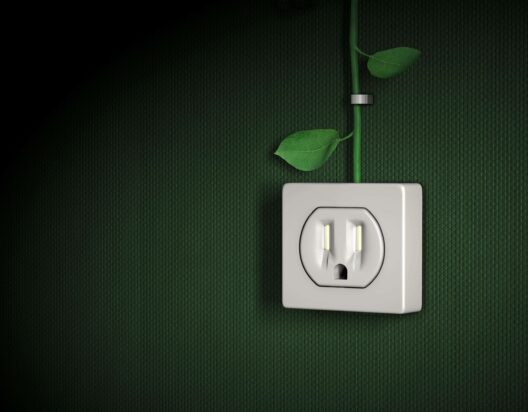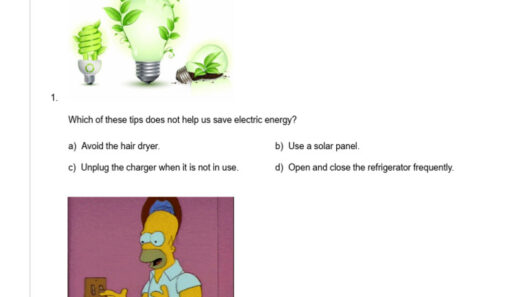In an age of relentless innovation and burgeoning environmental consciousness, it becomes imperative to reassess our everyday practices, particularly in areas such as the living room, where energy consumption tends to be at its zenith. This crucial space, often considered the heart of a household, not only serves as a social hub but also significantly contributes to your energy bill. However, with a paradigm shift in perspective towards energy conservation, homeowners can embrace methodologies that promise noteworthy reductions in energy use without sacrificing comfort or style.
First and foremost, the illumination of a living room requires thoughtful consideration. Traditional incandescent bulbs are notorious energy guzzlers, consuming copious amounts of electricity while emitting substantial heat. Transitioning to light-emitting diode (LED) lighting is a prudent step. These bulbs not only use up to 80% less energy than their incandescent counterparts but also boast a significantly extended lifespan. Their brilliance, coupled with lower energy consumption, epitomizes what it means to be eco-conscious and economically savvy.
Natural light must not be overlooked. Harnessing the sun’s radiant energy is a perennial yet underutilized strategy that can dramatically decrease reliance on artificial lighting. Optimizing window placements, using light-colored drapes, and strategically positioning mirrors can amplify daylight, creating an invigorating ambiance throughout the day. This approach not only saves energy but also infuses the living room with a sense of openness—an aesthetic and psychological boon.
Temperature regulation is another pivotal component in the energy conservation equation. The use of energy-efficient heating and cooling systems is paramount. Smart thermostats, capable of learning your routines, can adjust temperatures automatically, ensuring your living room remains comfortably conducive without excessive energy expenditure. Additionally, the installation of ceiling fans can circulate air effectively, providing an alternative to air conditioning during milder months. These tools promote an environment of thermal comfort that diminishes the need for higher energy demands.
Heat loss is a prevalent issue in many homes, particularly in older designs. To combat this inefficiency, proper insulation becomes indispensable. Ensuring that walls, floors, and ceilings are insulated can keep warm air in during winter and repel summer heat. Weather-stripping doors and windows is a simple yet effective measure to seal leaks that could compromise energy efficiency. Moreover, thermal curtains serve a dual purpose: stylish decor and a barrier against jaunts of warm or cold air that could influence the thermostat’s workload.
Digital devices proliferate in modern living rooms, each contributing to the collective energy consumption. The inklings of “phantom load,” or the energy consumed by devices when they are turned off but remain plugged in, warrant attention. One can curtail this inconspicuous energy drain by utilizing smart power strips, which can cut power to devices in standby mode. Furthermore, fostering habits such as unplugging chargers and appliances when not in use, although seemingly trivial, can compound into significant savings.
A holistic approach to energy conservation necessitates an inventory of not only appliance energy efficiency but also the frequency and mode of their usage. It is advisable to replace older appliances with those possessing an Energy Star rating, reflecting their superior energy performance. For instance, if a television is utilized primarily for streaming, consider consolidating devices by leveraging smart TVs that eliminate the need for external streaming boxes.
Integrating biophilic design principles can foster a harmonious living room that blends nature with human activity, while simultaneously promoting energy savings. Plants not only enhance air quality but can also influence room temperature and humidity, effectively creating a more comfortable atmosphere. Moreover, strategically placed greenery can obscure energy-consuming appliances, providing an aesthetic solution to a utility problem.
The design of your furniture also plays a subtle yet vital role in energy conservation. Opting for multi-functional furniture, such as ottomans with storage or sofas that transform into beds, effectively reduces the need for additional items, which, in turn, may contribute to clutter and the need for heating or cooling larger spaces. A minimalist approach fosters an efficient use of energy while enhancing the visual appeal of the environment.
Another intriguing facet of energy conservation in the living room is the integration of renewable energy sources, such as solar panels. Although an upfront investment may seem daunting, the long-term financial and environmental benefits are immense. By generating your own electricity, you not only reduce your carbon footprint but also contribute towards the larger goal of a sustainable future.
Finally, fostering an energy-conscious mindset within the family is integral. Engaging children in the conversation about energy use instills values of sustainability from an early age. Set family challenges, such as reducing the television usage for a week or designating specific times for lighting, to make energy conservation a collective endeavor. This shared responsibility enhances awareness and cultivates a culture of sustainability.
The journey towards energy conservation in the living room does not necessitate a sweeping overhaul; instead, it invites a series of mindful adjustments that yield substantial results. By implementing these strategies, your living room can transform into a beacon of energy efficiency—reflecting not only your commitment to environmental stewardship but also your ability to adapt and innovate. Embrace this evolution for a brighter, more sustainable future.








